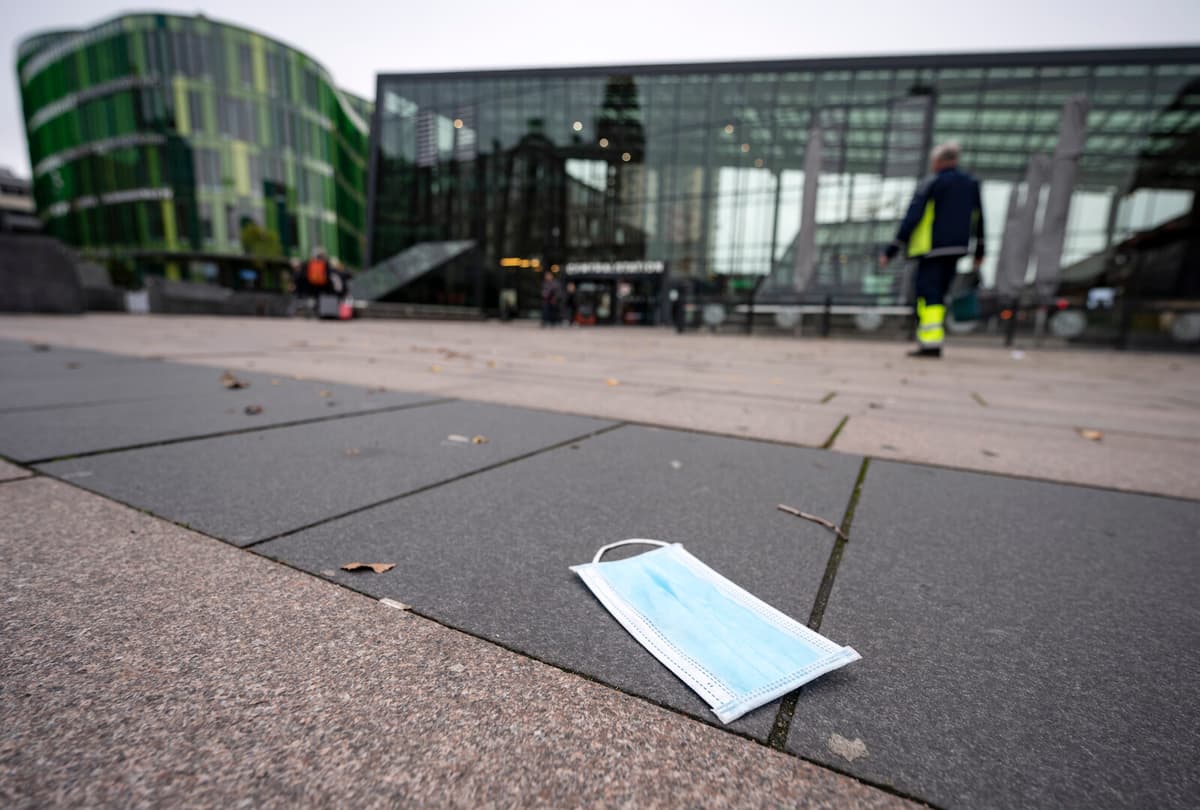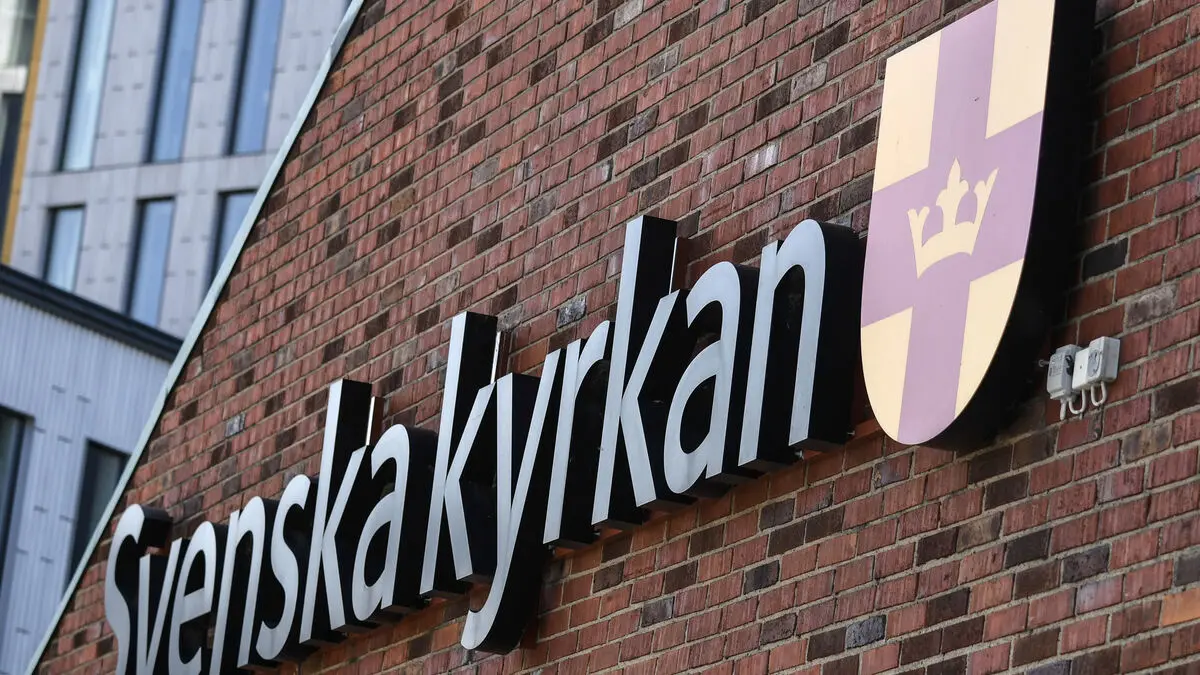Approximately 129 billion masks, mainly made of polypropylene and other plastics, were used every month worldwide during the pandemic. Most of them ended up in landfills or as waste in nature – both on land and in water – where they are now beginning to break down.
When researchers from the University of Coventry in the UK investigated how much microplastic is released from face masks in water, it turned out that all the examined masks released microplastic. The FFP2 and FFP3 masks – those said to have the best protection against infection – leaked the most.
But it's not just the microplastics that worry the researchers – the masks also released bisphenol B, a hormone-disrupting chemical.
Anna Bogush, one of the researchers behind the study published in the journal Environmental Pollution, tells The Guardian that awareness of the risks associated with face masks must increase so that sustainable alternatives can be found that protect both people and the environment.
We cannot ignore the environmental cost of disposable masks, especially when we know that the microplastics and chemicals they release can affect both humans and ecosystems negatively.





